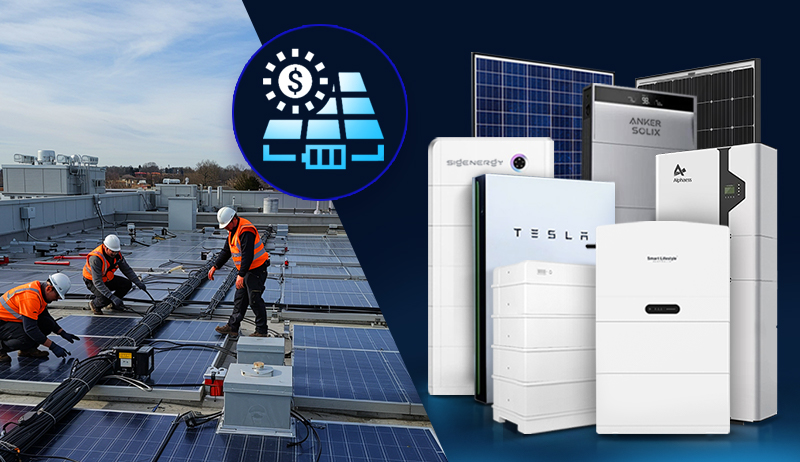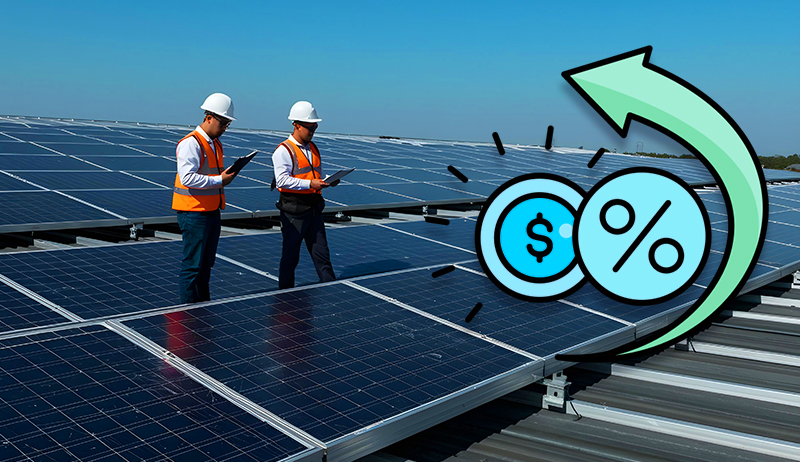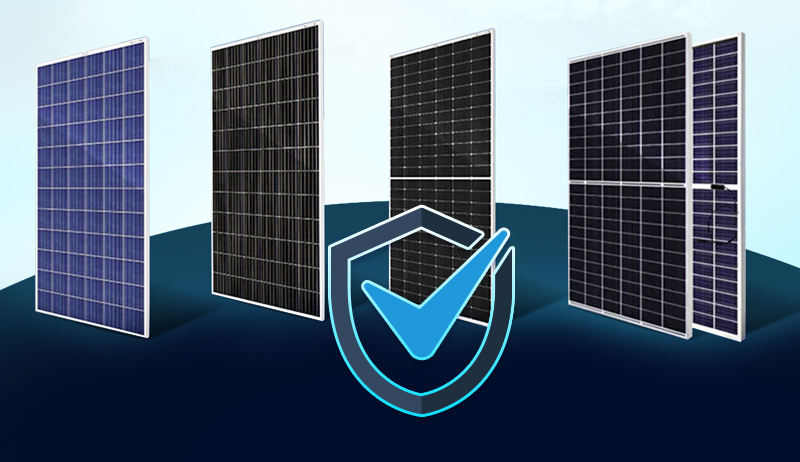Introduction New Technology Adoption the Modern Agriculture
New Frontiers in the Field: Exploring Modern Agricultural Technologies
Agriculture, the backbone of civilization, is undergoing a revolutionary transformation. Gone are the days of solely relying on manual labor and intuition. Today, cutting-edge technologies are sprouting up, transforming farms into vibrant hubs of innovation.
This exciting shift is driven by a multitude of factors. The ever-growing human population demands increased food production. Simultaneously, the need for environmental sustainability compels us to find ways to reduce agriculture’s footprint. And let’s not forget the quest for efficiency and profitability, crucial for farmers navigating unpredictable markets and rising costs.
These challenges are being tackled head-on by a wave of groundbreaking technologies, each with the potential to reshape the agricultural landscape:
The face of agriculture is changing rapidly, with new technologies emerging all the time that are transforming the way we grow and manage food.
These innovations are driven by a number of factors, including the need to:
- Increase food production: The global population is projected to reach 9.7 billion by 2050, which means we need to produce 56% more food than we do today.
- Reduce environmental impact: Traditional agriculture can have a significant negative impact on the environment, such as through water pollution, greenhouse gas emissions, and soil degradation. New technologies can help to reduce these impacts.
- Improve efficiency and profitability: Farmers are facing increasing pressure from rising costs and volatile markets. New technologies can help them to improve their efficiency and profitability.
Here are some of the most exciting new technologies in modern agriculture:
1. Precision Agriculture:
Imagine a farm where every decision is guided by real-time data. That’s the power of precision agriculture. Sensors embedded in fields constantly monitor soil moisture, nutrient levels, and even individual plant health. Drones equipped with sophisticated cameras map the land, providing valuable insights for targeted irrigation, fertilization, and pest control.
This laser-sharp approach optimizes resource use, minimizes waste, and ultimately boosts yields, making every drop of water and every grain of fertilizer count.
- Precision agriculture: This approach uses data and technology to manage crops and livestock more precisely. This can include using sensors to monitor soil moisture and nutrient levels, drones to map fields, and robots to weed and harvest crops.
2. Vertical Farming:
Picture verdant towers of crops rising amidst bustling cityscapes. This is the reality of vertical farming, where crops are cultivated in controlled environments stacked vertically indoors. This ingenious method offers a multitude of advantages.
Vertical farms require significantly less land and water compared to traditional farms. They’re shielded from the vagaries of weather, reducing reliance on pesticides and herbicides. Moreover, growing food closer to consumers cuts down on transportation costs and carbon footprint.
- Vertical farming: This involves growing crops in stacked layers indoors, often in urban areas. This can be a more efficient way to grow food, as it uses less land and water.
3. Gene Editing:
Imagine crops immune to devastating diseases, naturally producing higher yields, or even enriched with essential nutrients. This is the tantalizing promise of gene editing. By making precise changes to plant DNA, scientists can create crops with desirable traits, potentially revolutionizing food production.
While ethical considerations and regulations are still being navigated, the potential of gene editing to address food security challenges and improve nutrition is undeniable.
- Gene editing: This technology allows scientists to make precise changes to the genes of plants and animals. This could lead to crops that are more resistant to diseases and pests, or that produce higher yields.
4. Artificial Intelligence (AI):
The rise of AI is transforming every industry, and agriculture is no exception. AI algorithms are being trained on vast datasets of agricultural data to identify patterns, predict problems, and even make autonomous decisions.
From AI-powered robots that tirelessly weed fields to algorithms that optimize irrigation and fertilization schedules, AI is poised to play a major role in the future of farming.
- Artificial intelligence (AI): AI is being used in a variety of ways in agriculture, such as to develop new pest and disease control methods, to automate tasks such as weed identification, and to optimize crop yields.
These are just a few examples of the many new technologies that are transforming modern agriculture. It is an exciting time for the industry, and these innovations have the potential to make a real difference in our ability to feed the world in a sustainable way.
New Technology Projects in the Modern Agriculture
New Technology Projects Sprouting Up in Modern Agriculture
The agricultural landscape is experiencing a thrilling metamorphosis, with innovative projects blossoming across the globe. These ventures harness the power of cutting-edge technologies to tackle the challenges of feeding a growing population while minimizing environmental impact. Let’s delve into some of the most exciting new technology projects currently cultivating a more sustainable and productive future for agriculture:
1. AI-powered “Robotic Farms”:
- Imagine vast fields patrolled by autonomous robots, diligently tending to crops with laser-like precision. This futuristic vision is becoming a reality with projects like “LettuceBot” in the US. These self-driving robots navigate greenhouses, meticulously planting, watering, and harvesting lettuces, reducing labor costs and ensuring optimal growing conditions.
2. Vertical Farming in Urban Jungles:
- Leafy greens thriving amidst cityscapes? Vertical farming projects like Gotham Greens in New York City are making it happen. These multi-story, indoor farms utilize controlled environments and hydroponics to cultivate fresh produce year-round, minimizing water usage and transportation emissions.
3. Drones Taking Flight for Precision Agriculture:
- Soaring through the skies, drones equipped with advanced sensors are transforming data collection in agriculture. Projects like “Eagle Flight Agriculture” in Australia leverage drone technology to map fields, monitor crop health, and identify areas needing targeted pest control or irrigation, optimizing resource allocation and boosting yields.
4. Gene Editing for Disease-Resistant Crops:
- Scientists are wielding the power of gene editing to create crops with enhanced resilience. The پروژه ویرایش ژن گندم مقاوم به زنگ in Iran aims to develop wheat strains resistant to devastating stem rust disease, potentially safeguarding global food security and reducing reliance on fungicides.
5. AI-powered Food Waste Reduction:
- Food waste is a major global issue. Initiatives like “Winnow” in the UK utilize AI to analyze food preparation processes in restaurants and identify areas for waste reduction. By optimizing portion sizes and predicting demand, such projects can significantly decrease food waste, saving both money and resources.
These are just a few examples of the many new technology projects sprouting in modern agriculture. From AI-powered robots to disease-resistant crops, these cutting-edge ventures offer a glimpse into a future where food production is not only efficient and profitable but also sustainable and environmentally responsible. So, the next time you bite into a juicy apple or savor a crisp salad, remember, the future of agriculture is brimming with innovative projects that are cultivating a brighter future for our plates.
Stay tuned for deeper dives into each of these projects and discover how they are revolutionizing the way we grow, manage, and consume food. Let’s embrace these technological advancements and work together to cultivate a more sustainable and nourishing future for all.
Real Projects Revolutionizing Modern Agriculture: From Robots to Vertical Farms
The fertile ground of modern agriculture is teeming with real-world projects that are transforming the way we grow food.
These ventures blend cutting-edge technologies with ingenuity to tackle the challenges of feeding a growing population while minimizing environmental impact.
Let’s ditch the theoretical and dive into some inspiring projects actually sprouting around the globe:
1. LettuceBot Takes the Reins in Robotic Farming:
Imagine vast fields patrolled by tireless robotic “gardeners” meticulously tending to crops. This futuristic vision is becoming a reality with projects like LettuceBot in the US. These self-driving robots navigate greenhouses, planting, watering, and harvesting lettuces with laser-like precision. Not only do they reduce labor costs, but they also ensure optimal growing conditions, leading to higher yields and less waste.
2. Gotham Greens: Where Skyscrapers Sprout Fresh Produce:
Leafy greens thriving amidst cityscapes? Vertical farming projects like Gotham Greens in New York City are proving it’s possible. These multi-story, indoor farms utilize controlled environments and hydroponics to cultivate fresh produce year-round, dramatically reducing water usage and transportation emissions. By bringing agriculture closer to consumers, Gotham Greens also cuts down on the environmental footprint of our food choices.
3. Eagle Flight Agriculture Takes to the Skies with Precision Data:
Soaring through the skies, drones equipped with advanced sensors are transforming data collection in agriculture. Projects like Eagle Flight Agriculture in Australia leverage drone technology to map fields, monitor crop health, and identify areas needing targeted pest control or irrigation. This bird’s-eye view allows for optimized resource allocation and boosts yields, making farming more efficient and sustainable.
4. Gene Editing Combats Devastating Wheat Disease:
Scientists are wielding the power of gene editing to create crops with enhanced resilience. The پروژه ویرایش ژن گندم مقاوم به زنگ in Iran aims to develop wheat strains resistant to devastating stem rust disease. This project has the potential to safeguard global food security and reduce reliance on fungicides, protecting both crops and the environment.
5. Winnow Tackles Food Waste with AI Smarts:
Food waste is a major global issue, but AI-powered initiatives like Winnow in the UK are fighting back. By analyzing food preparation processes in restaurants, Winnow identifies areas for waste reduction. Optimizing portion sizes and predicting demand allows restaurants to significantly decrease food waste, saving both money and resources while minimizing their environmental impact.
These are just a handful of the real projects revolutionizing modern agriculture.
From AI-powered robots and vertical farms to disease-resistant crops and smart waste reduction, these ventures offer a glimpse into a future where food production is not only efficient and profitable but also sustainable and environmentally responsible.
The next time you take a bite of your meal, remember the real-world projects working tirelessly to cultivate a brighter future for our plates and the planet.
Let’s embrace these technological advancements and work together to cultivate a more sustainable and nourishing future for all.
https://www.exaputra.com/2024/01/new-technology-adoption-in-modern.html
Renewable Energy
FAQs: Your Most Common Commercial Solar Questions Answered
The post FAQs: Your Most Common Commercial Solar Questions Answered appeared first on Cyanergy.
https://cyanergy.com.au/blog/faqs-your-most-common-commercial-solar-questions-answered/
Renewable Energy
Socialism and Autocracy
 20th Century Austrian-American economist and devout anti-communist Ludwig von Mises clearly believed what he said at left, and there were plenty of examples in the 1900s to support his concept.
20th Century Austrian-American economist and devout anti-communist Ludwig von Mises clearly believed what he said at left, and there were plenty of examples in the 1900s to support his concept.
Now, 50 years after his death, we wonder what he would think about today’s United States.
The U.S. has an economy that’s as close to unadulterated capitalism as anyone could imagine, but we have a president who is most definitely an authoritarian, a would-be dictator.
Renewable Energy
Why Education Is Such a Low Priority
 What Karl Marx said here has been repeated by many dozens of people over the years, notably George Carlin (see below).
What Karl Marx said here has been repeated by many dozens of people over the years, notably George Carlin (see below).
-
Climate Change4 months ago
Guest post: Why China is still building new coal – and when it might stop
-
Greenhouse Gases4 months ago
Guest post: Why China is still building new coal – and when it might stop
-
Climate Change2 years ago
Spanish-language misinformation on renewable energy spreads online, report shows
-

 Greenhouse Gases2 years ago
Greenhouse Gases2 years ago嘉宾来稿:满足中国增长的用电需求 光伏加储能“比新建煤电更实惠”
-
Climate Change Videos2 years ago
The toxic gas flares fuelling Nigeria’s climate change – BBC News
-

 Climate Change2 years ago
Climate Change2 years ago嘉宾来稿:满足中国增长的用电需求 光伏加储能“比新建煤电更实惠”
-

 Carbon Footprint2 years ago
Carbon Footprint2 years agoUS SEC’s Climate Disclosure Rules Spur Renewed Interest in Carbon Credits
-
Climate Change2 years ago
Why airlines are perfect targets for anti-greenwashing legal action














 Full energy assessment
Full energy assessment




